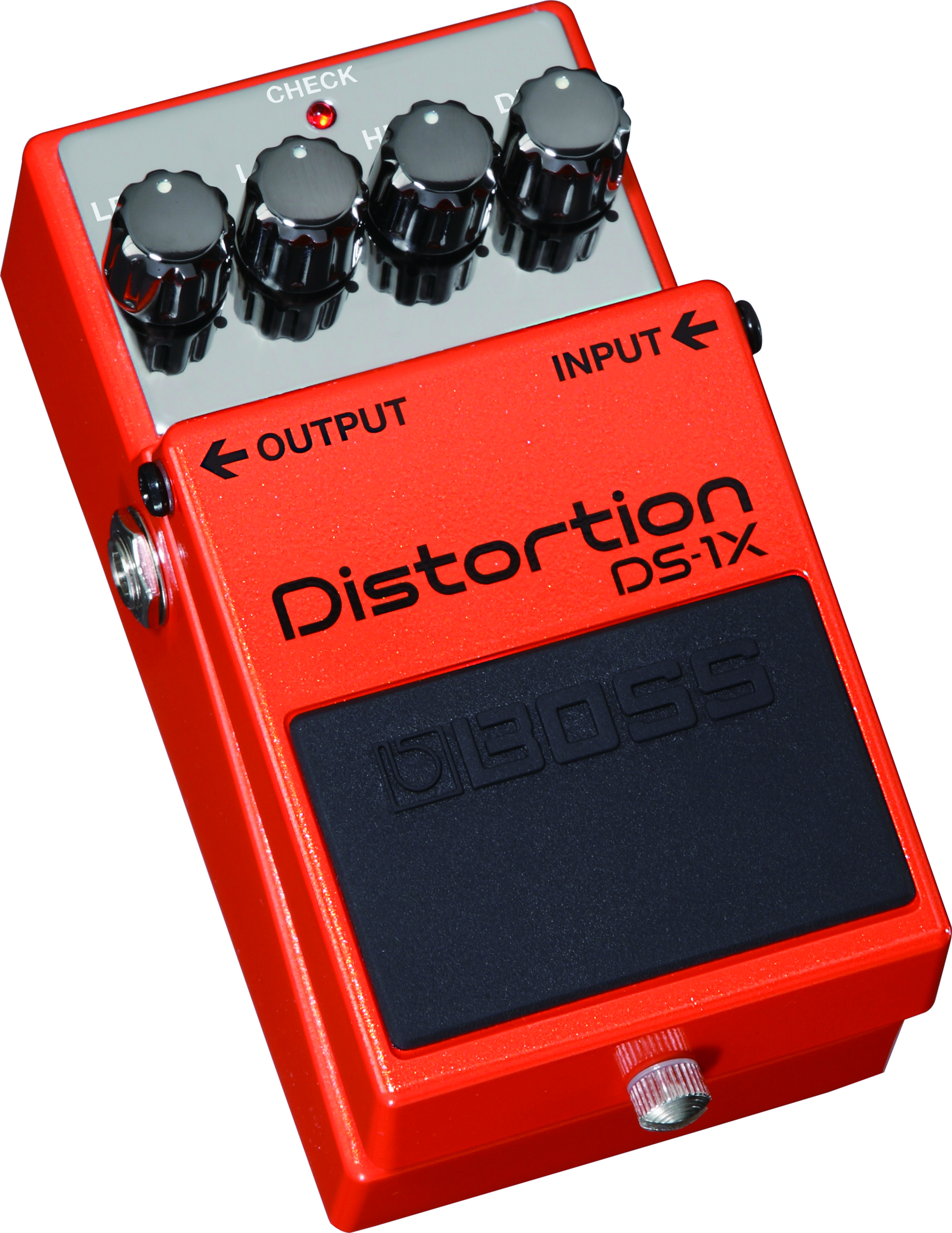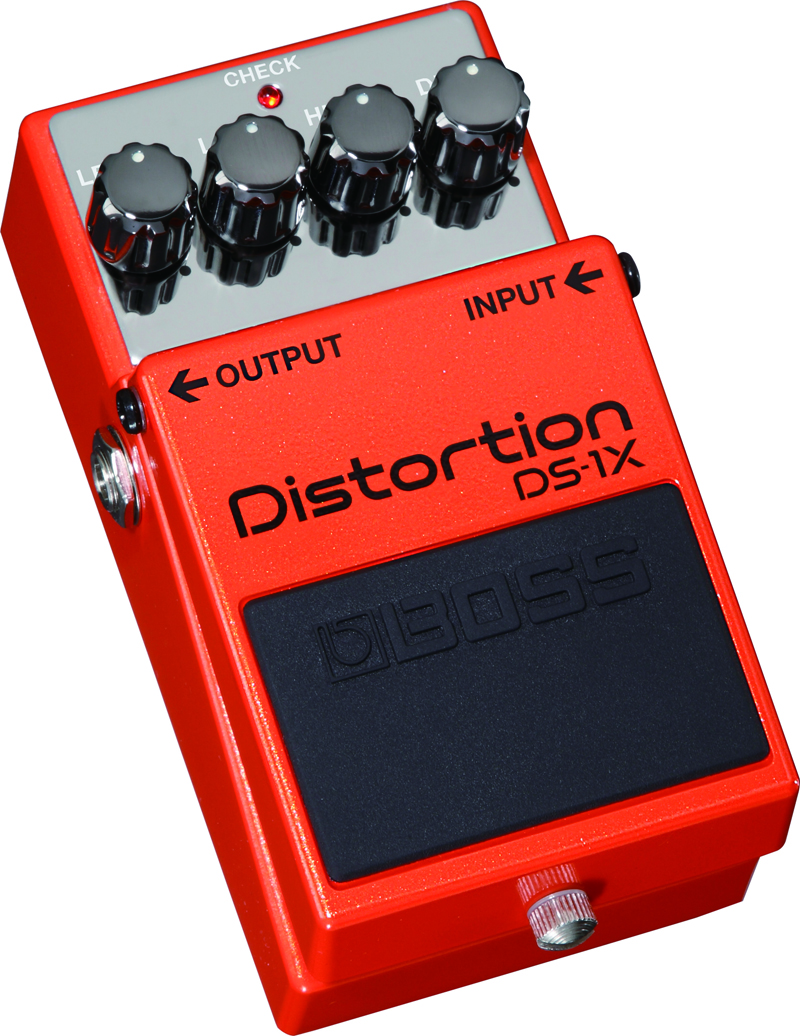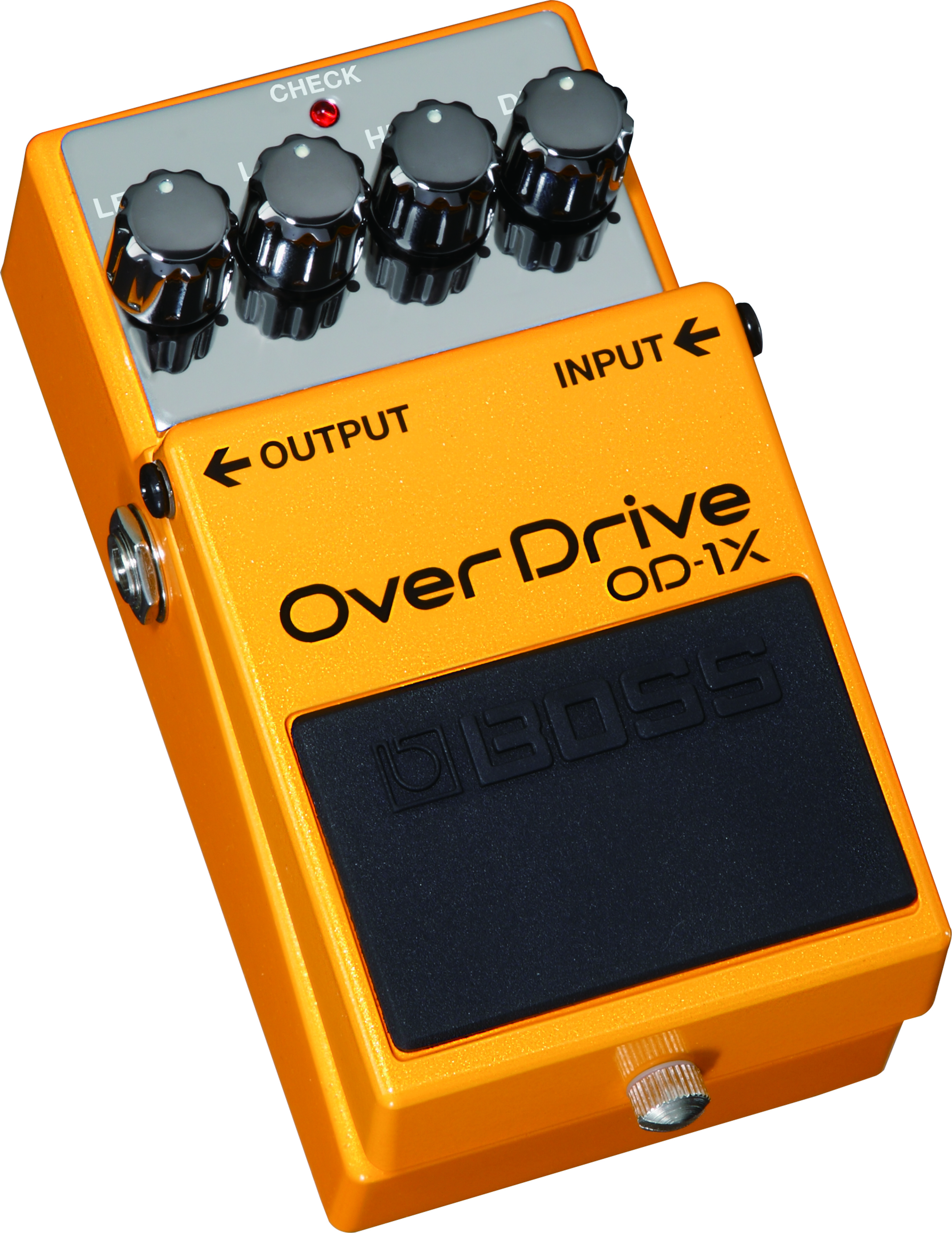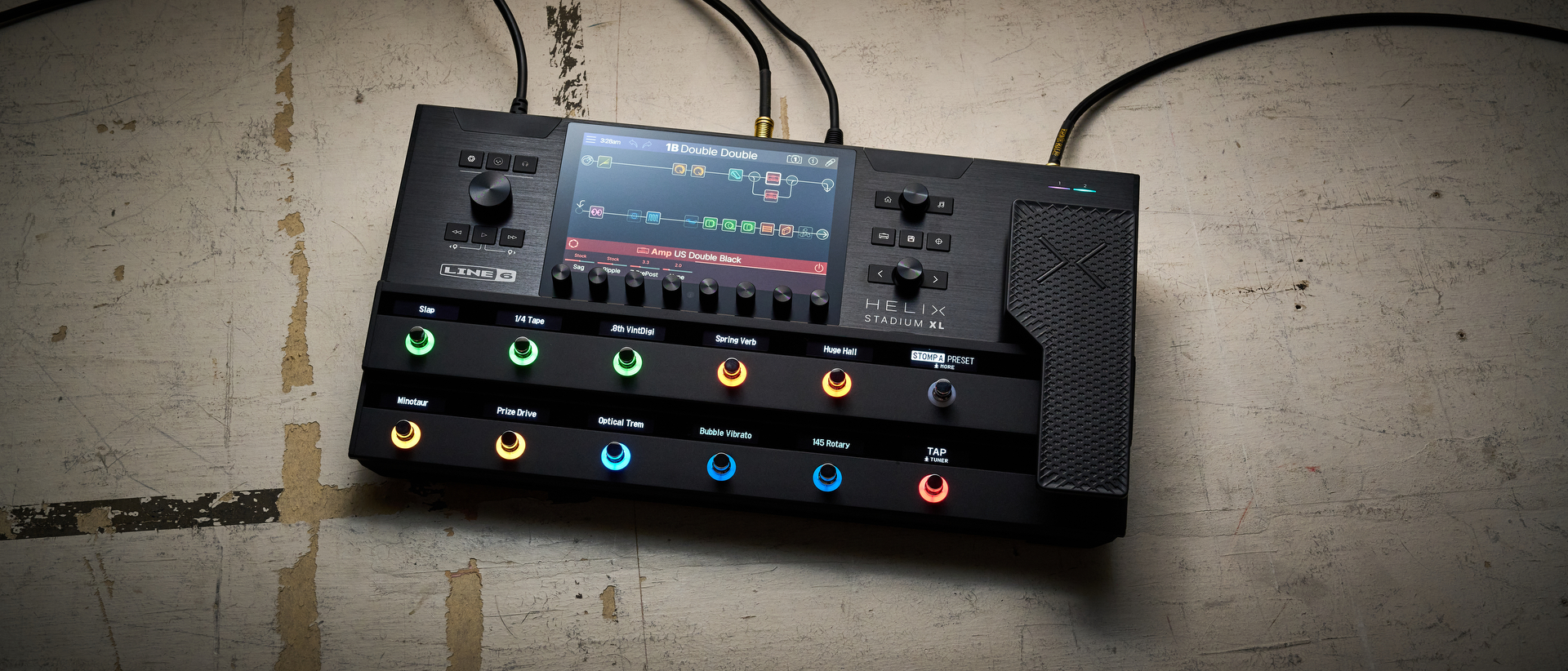Boss DS-1X Distortion and OD-1X Overdrive Pedals — Review

Since the late Seventies, thousands of guitarists have relied on a dependable pair of orange and yellow Boss stomp boxes known respectively as the DS-1 Distortion and OD-1 Overdrive.
The DS-1 is so popular that Boss still manufactures it, a full 35 years after its introduction in 1979. The OD-1 was one of the three very first pedals to feature Boss's compact design, which endures as an industry standard to this day. The OD-1 itself, however, lasted only from 1978 through 1985 before Boss replaced it with the OD-2 Turbo Overdrive.
The new Boss DS-1X and OD-1X pedals are not reproductions of the original DS-1 and OD-1 but rather entirely new distortion and overdrive pedals that take advantage of modern technology to provide essential, everyday staple tones just like their namesake predecessors.
These pedals have their own distinct sonic character, and with their low-noise performance, dynamic response and tonal versatility, they are significantly expanded versions of two of the most beloved compact pedals of all time.
Features: Whereas the original DS-1 and OD-1 pedals had three control knobs, the DS-1X and OD-1X each have four: level, low, high and distortion (on the DS-1X) or drive (on the OD-1X). The control knobs and control plate boast a chrome-mirror finish, and the battery access screw is silver (just like on the earliest made-in-Japan Boss pedals) instead of black.
Beyond these differences, both models have the standard features of every Boss compact pedal, including a durable cast-metal case, easy-access battery compartment, non-slip rubber rear and switch surfaces, silent FET switching, recessed knobs, nine-volt adaptor jack and an on/off LED that doubles as a battery-power indicator. Like the original DS-1 and OD-1 pedals, the DS-1X and OD-1X are orange and yellow, respectively, just deeper, darker shades of those colors.
Performance: The DS-1X and OD-1X may have the familiar appearance of Boss compact pedals, but their tones are comparable to what you might achieve with sophisticated amp modifications. Their assertive tonal personalities shine through no matter what guitar or amp you’re using.
All the latest guitar news, interviews, lessons, reviews, deals and more, direct to your inbox!
The OD-1X is much more aggressive than the typical modern overdrive/clean-boost pedal, veering into distortion, although the essence of the bypassed guitar/amp tone remains, even when the drive control is turned all the way up. The attack, bite and body of a guitar’s clean tone remains, but it’s perfectly blended with a rich, dynamic layer of grit that’s punchy and satisfyingly ballsy. Compared side by side with the DS-1X, it seems to have more midrange, but actually it’s primarily the guitar’s natural tone without the bass and treble emphasized as dramatically.
The DS-1X is like an extra high-gain channel that delivers smooth sustain, harmonically complex crunch and outstanding note-to-note clarity. The pedal retains presence and a thick, dominant voice by retaining all of your guitar and amp’s natural midrange. The EQ controls boost bass and treble frequencies well beyond the range of most amps, but even at full settings the tone never gets muddy or shrill. When the distortion control is set between three and five o’clock, there’s a slight boost in treble as well as distortion, but the high control can tame the treble boost if you desire.
Both pedals provide dead-quiet performance, even with all of the controls fully boosted. They also clean up when you turn down the guitar’s volume control and respond quite satisfyingly to playing dynamics.
List Price: $243.50 each
Manufacturer: Roland Corporation U.S., bossus.com
Cheat Sheet:
Both pedals are modern versions of classic Boss distortion and overdrive pedals, but with their own distinctive tonal character and vastly improved performance.
The DS-1X and OD-1X each feature low and high EQ controls that provide a wide range of useful, natural-sounding tones.
The Bottom Line: The DS-1X and OD-1X are incredible, modern improvements of Boss’s original distortion and overdrive pedals that should prove to be indispensible to guitarists, just as the originals were in the Seventies and Eighties.


Chris is the co-author of Eruption - Conversations with Eddie Van Halen. He is a 40-year music industry veteran who started at Boardwalk Entertainment (Joan Jett, Night Ranger) and Roland US before becoming a guitar journalist in 1991. He has interviewed more than 600 artists, written more than 1,400 product reviews and contributed to Jeff Beck’s Beck 01: Hot Rods and Rock & Roll and Eric Clapton’s Six String Stories.

